Vice-President Luis de Guindos said in Madrid today, “economic situation is marked by a high degree of uncertainty with “outbreaks of infections” and “appearance of new variants.” He warned that potential withdrawal of policy support measures has to be taken very carefully. It’s important for monetary policy keep all options open.
De Guindos reiterated that factors behind inflation are of “transitory nature. And he expects inflation to start falling next year.
Separately, Governing council member Francois Villeroy de Galhau “obviously, we must monitor closely the latest COVID developments, and the new Omicron strain”. But he also noted, “the economic effects of the successive waves have proven so far to be less and less damaging, and this one shouldn’t presumably change the economic outlook too much.”




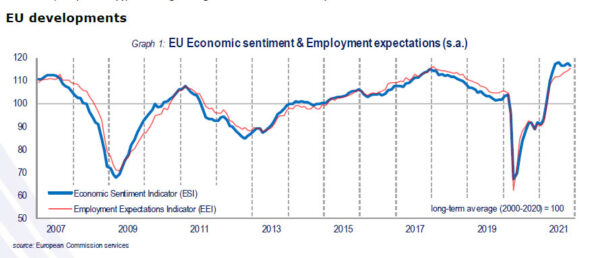
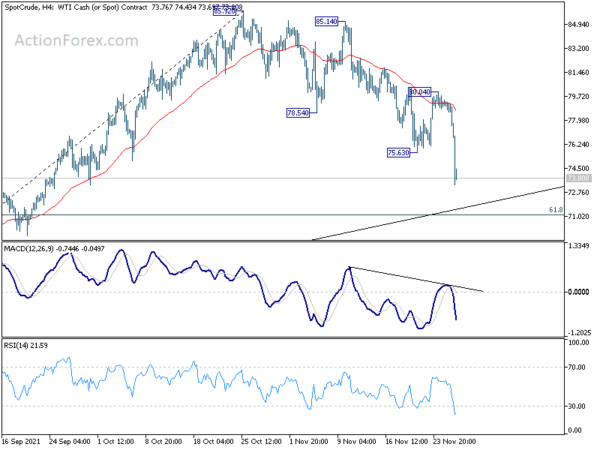
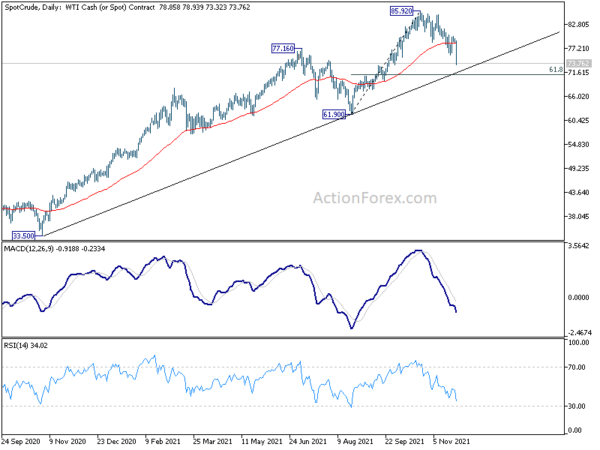
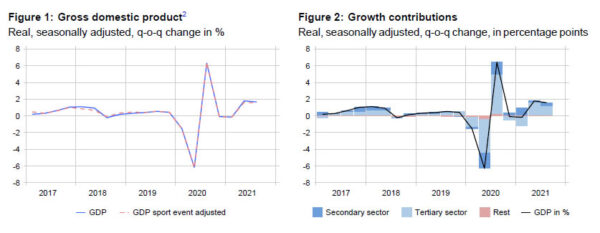
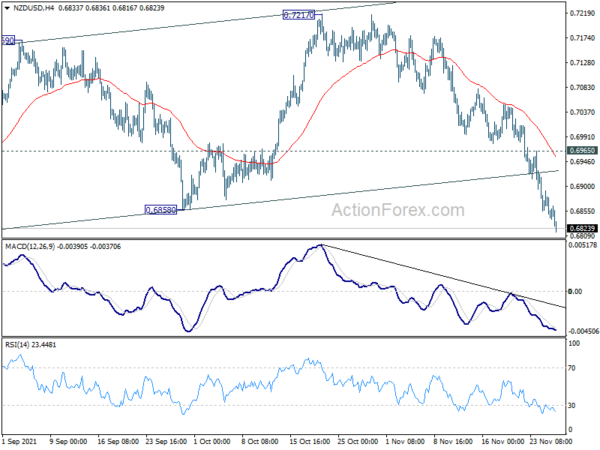
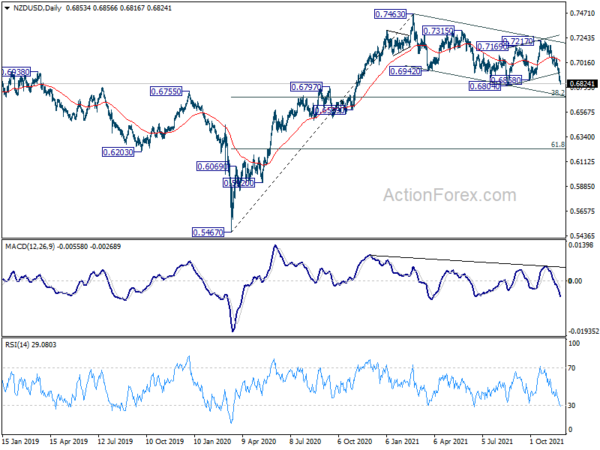
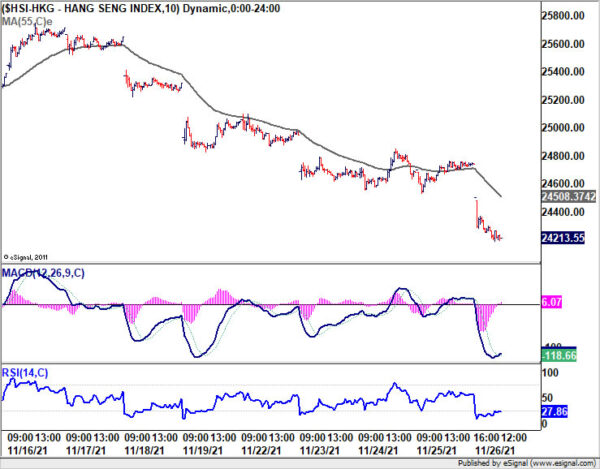
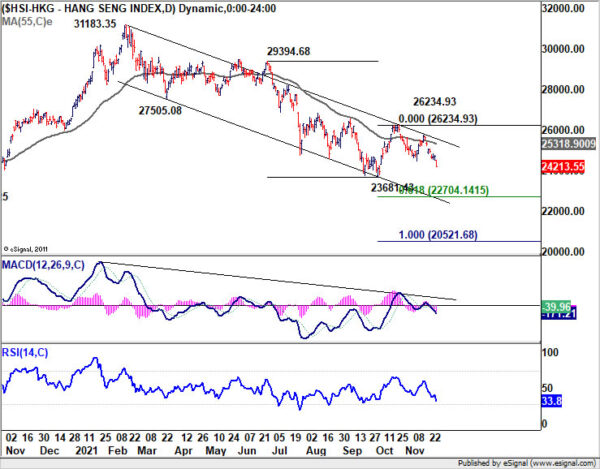
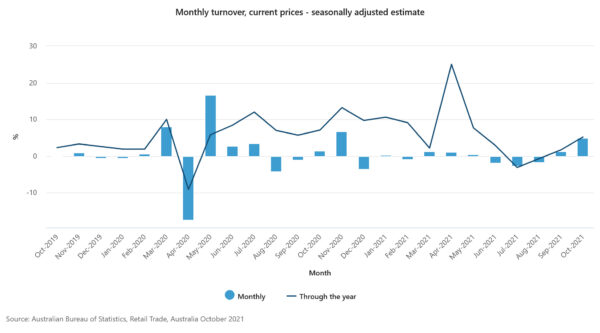
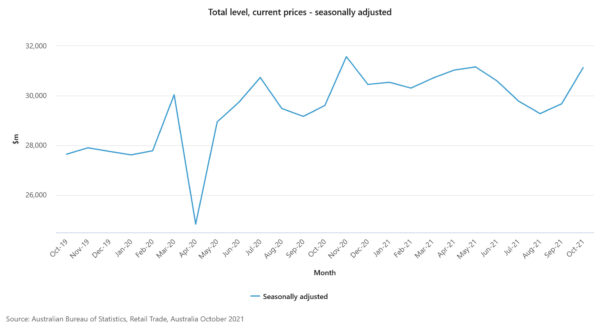
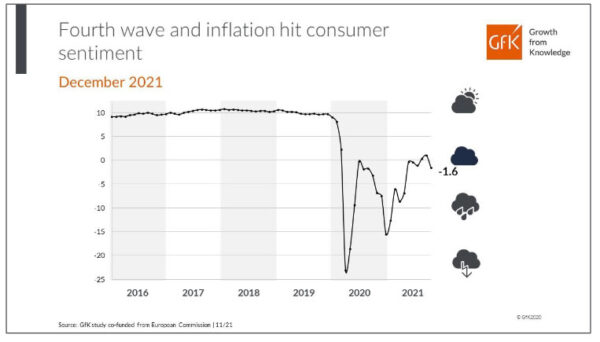
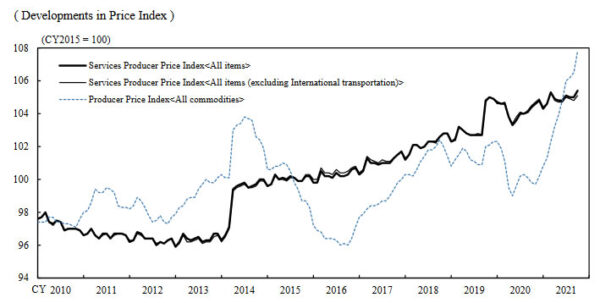
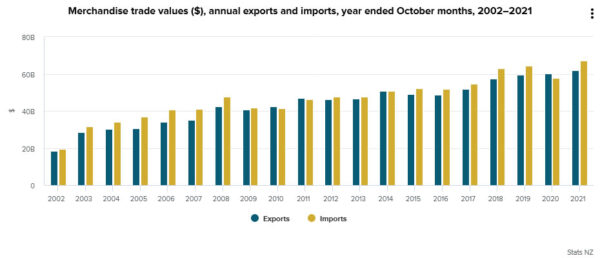
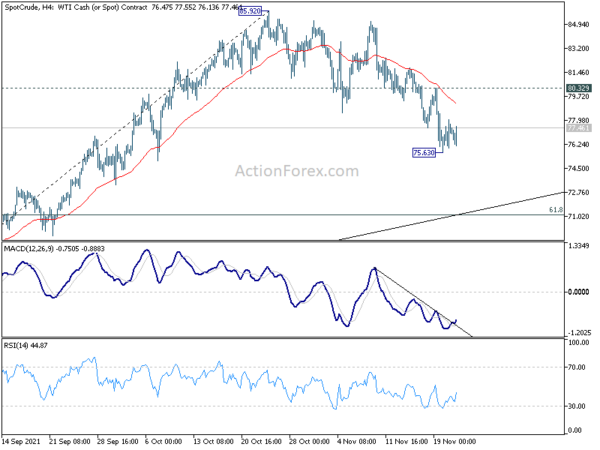
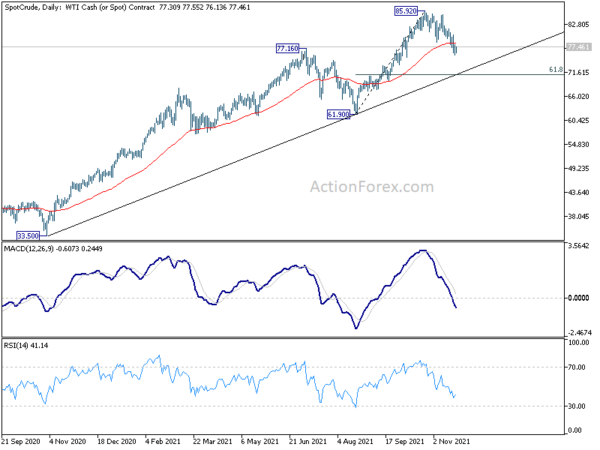

Fed Powell: Emergence of Omicron poses downside risks to economy
In the prepared remarks for a Senate Committee hearing, Fed Chair Jerome Powell said , “the recent rise in COVID-19 cases and the emergence of the Omicron variant pose downside risks to employment and economic activity and increased uncertainty for inflation.”
“Greater concerns about the virus could reduce people’s willingness to work in person, which would slow progress in the labor market and intensify supply-chain disruptions,” he added.
Powell also reiterated, inflation is expected to “move down significantly over the next year as supply and demand imbalances abate.” However, “it now appears that factors pushing inflation upward will linger well into next year.” Also, “with the rapid improvement in the labor market, slack is diminishing, and wages are rising at a brisk pace.”
Full remarks here.